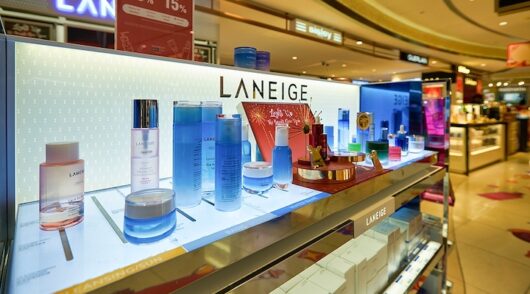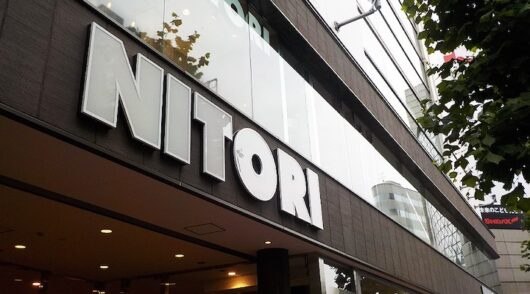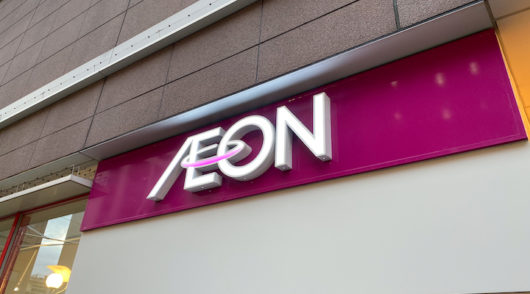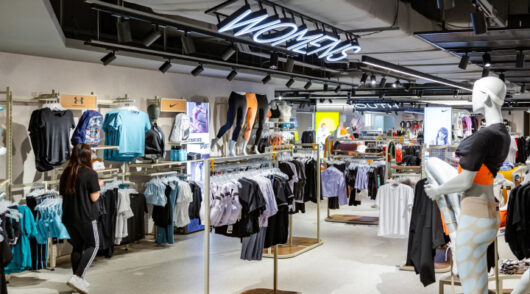Organised crime is accounting for more and more retail shrinkage in Asia – and Japan now accounts for more than half the region’s shrinkage based on dollar value.
Those are two key findings from a new global shrinkage study released this week.
Japan’s retail shrinkage rate rose four per cent in the last year and it now ranks second in the world in total value of goods lost from stores.
To be fair, as a share of sales, Japan’s 1.04 per cent remains the third lowest in the world. But the value reached 774 billion yen, (US$9.96 billion), almost 53 per cent of the total regional sum lost to employee or customer theft, supplier or vendor fraud or administrative errors.
The data was contained in the fifth annual edition of the Global Retail Theft Barometer, a study conducted by the Centre for Retail Research and sponsored by an independent grant from Checkpoint Systems. It monitored the costs of shrinkage in the global retail industry between July 2010 and June 2011, and found that total global shrink cost the retailers US$123.58 billion in 2011 or 1.45 per cent of sales.
This global shrink rate is 6.6 per cent higher than the previous year, and represents the highest percentage recorded by the survey since it began in 2007. Customer theft, including shoplifting and organised retail crime (ORC), was the main cause of shrinkage in most countries, costing retailers US$53.4 billion in 2011 (43.2 per cent of total shrinkage) compared to 42.4 per cent in 2010.
“ORC became a growing problem internationally and the percentage of retailers globally suffering increased ORC losses was an average of 47.5 per cent. Dishonest employees were responsible for $US43.27 billion, or 35 per cent of shrink,” the study reported.
In Asia-Pacific, a majority of retailers perceive dishonest customers as the single most important source of loss, responsible for $10.07 billion of losses, or 53.3 per cent. However, the average amount admitted stolen by employees was more than four times the average stolen by shoplifters.
In Asia-Pacific, the highest average rates (as percentage of sales) of shrinkage were found among:
- Cosmetics/perfumes/health & beauty/pharmacy (1.75 per cent).
- Apparel/clothing and fashion/accessories (1.74 per cent).
- Video/music/gaming (1.64 per cent).
Small but expensive “mobile” items tend to have the highest risk for theft. The most-stolen items were from the cosmetics category, including:
- Shaving products (2.6 per cent).
- Perfumes/fragrances (2.6 per cent).
- Lipsticks/glosses (2.5 per cent).
High quality seafood/fish (2.21 per cent), alcohol/liquor (1.84 per cent) and fresh meat (1.83 per cent) made up the top three most-stolen grocery ‘high-risk’ product lines.






